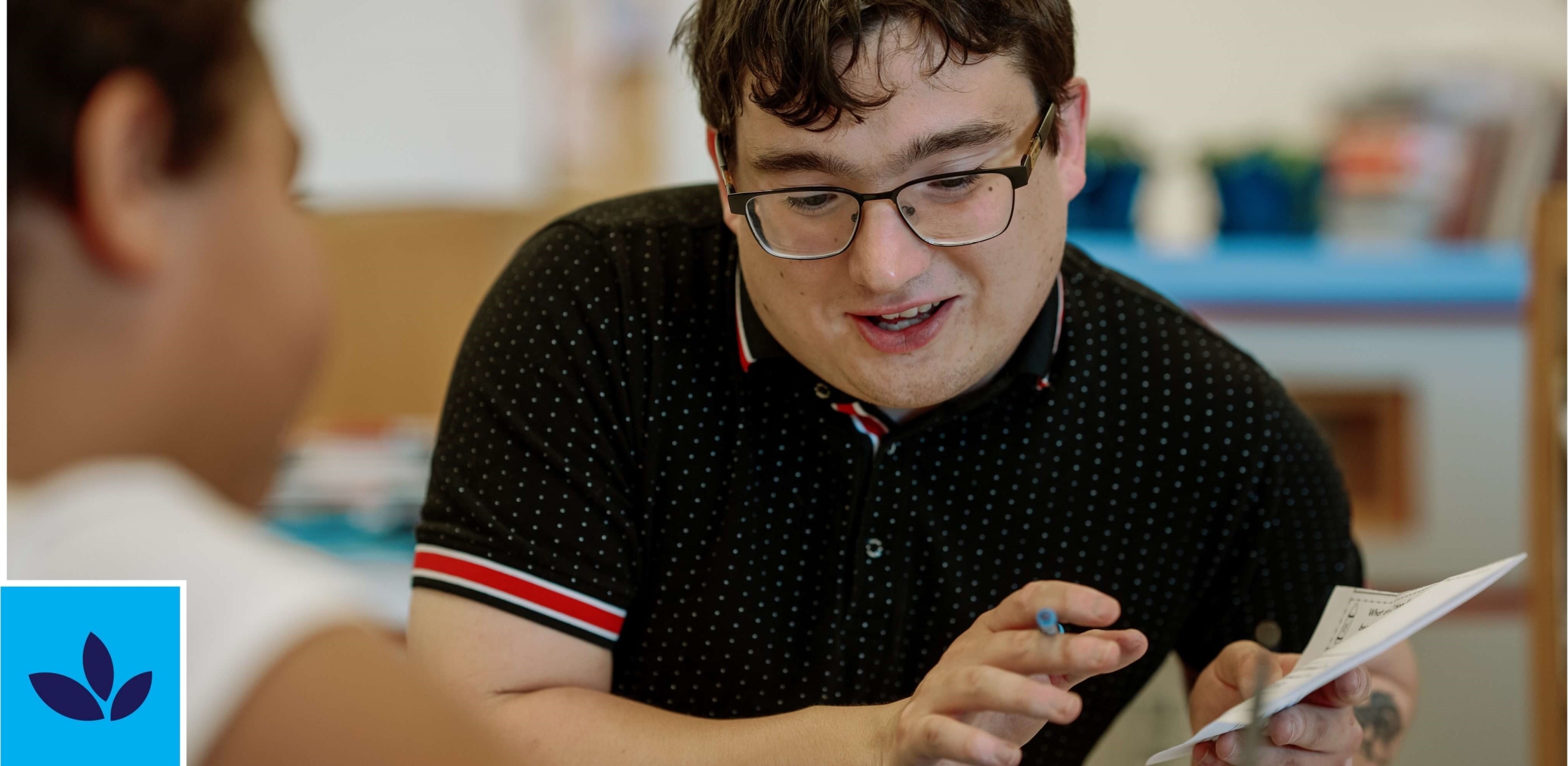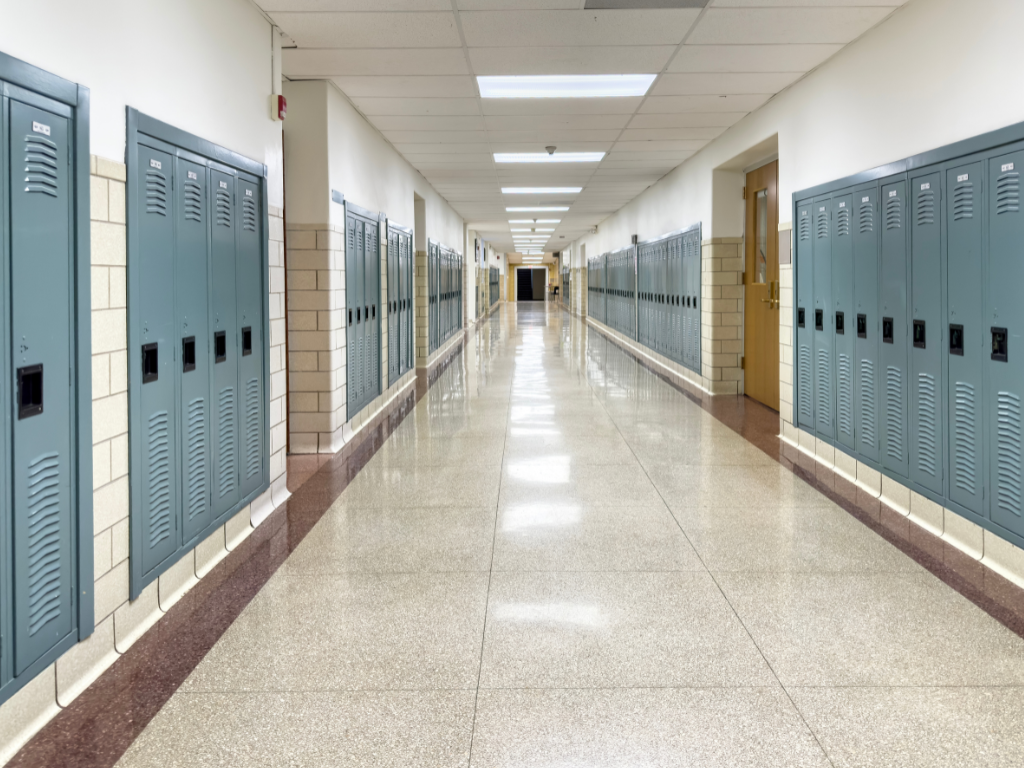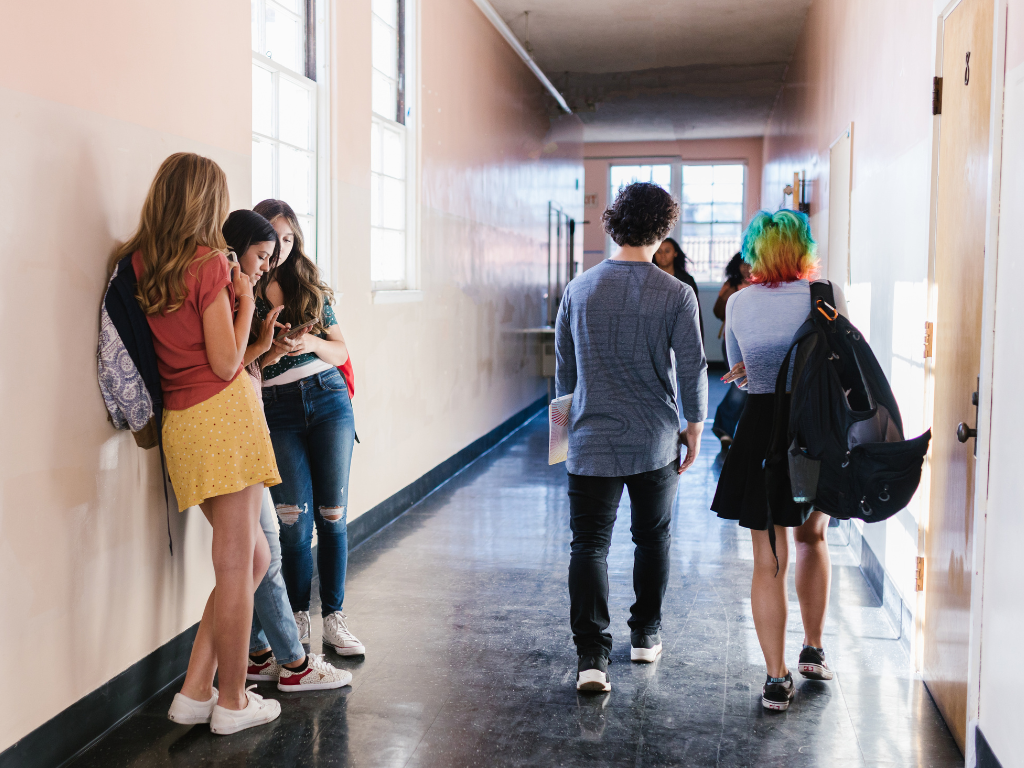140 Characters or Less: Using Twitter to Enhance Your Personalized Learning Network
Believe it or not, Twitter joined the digital world approximately ten years ago. For many teachers, Twitter has not been a friend—how many times have you had to tell students to get off Twitter? And how much can a person really learn using only 140 characters or less? The truth is, Twitter can be a valuable tool to support your Personalized Learning Network (PLN) and professional development.
What is a Personalized Learning Network (PLN)?
A PLN is a loosely connected group of individuals who come together to support each other’s growth around a common subject like education. This form of professional development is immediate and practical, offering insights and resources when they’re needed most. Unlike traditional “one and done” workshops, a PLN nurtures continuous growth and learning.
I remember my early PLN included my mentor teacher, fellow department members, and even personal friends who were educators. As time went on, staying connected became harder. Thankfully, technology—especially Twitter—has made it possible to grow your PLN beyond your immediate circle and gain perspectives from experts worldwide.
Using Twitter to Build Your PLN
Twitter can help you expand your PLN by connecting with thought leaders, educators, and organizations. Some educational leaders to follow include:
- Scott McLeod (@mcleod)
- Alan November (@globalearner)
- Ian Jukes (@ijukes)
- David Warlick (@dwarlick)
- Andrew Ordover (@Aordover)
To find others on Twitter, search for names, topics, or organizations like ASCD (@ASCD), TED Talks (@TEDTalks), or Edutopia (@edutopia). Remember to actively engage by replying to posts, asking questions, and sharing your own ideas.
Twitter Chats
Twitter chats are scheduled discussions on specific topics, using a unique hashtag (#) to follow along. For example, #edchat is a popular, general education chat, while #edtechchat focuses on educational technology and takes place Mondays at 8pm ET. Browse the list of over 150 weekly educational chats and select 3−5 that interest you.
When participating in a chat, follow these tips:
- Let followers know if you’ll be tweeting frequently during a chat.
- Follow the format: questions are labeled Q1, Q2, etc., and answers use A1, A2, etc.
- Always include the chat hashtag in your responses.
- Engage respectfully and avoid oversharing personal information or selling anything.
If you’re new to chats, start by lurking—read along and jot down key takeaways or participants to follow. Over time, actively contribute ideas and build meaningful connections.
Tools to Enhance Your Twitter Experience
Use apps or tools to improve your Twitter experience:
- Mobile: Twitterific (iOS), Tweetcaster (Android)
- Desktop: Tweetdeck or Tweetchat
These tools offer features like managing multiple accounts, auto-adding hashtags, and streamlining the chat experience.
New to Twitter?
If you’re just getting started, check out resources like Twitter for Teachers: A Beginner’s Guide to Getting Started. Learn how to create an account, use hashtags, and participate in your first chat. Twitter can be the gift that keeps on giving—for your PLN and professional growth.


